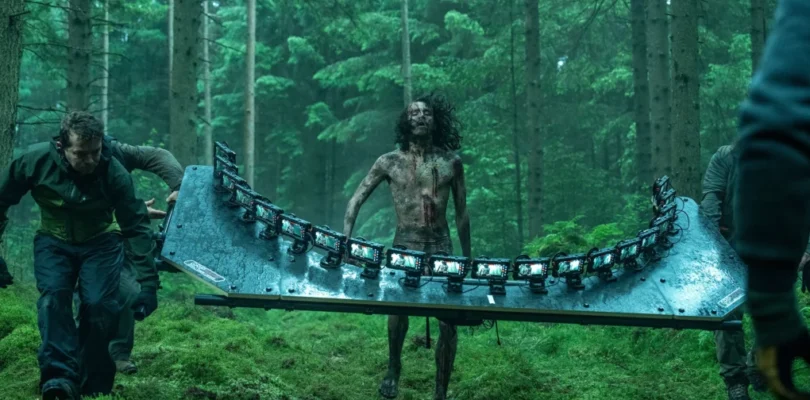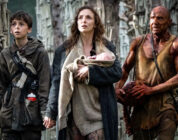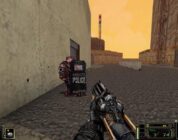Photo: Sony Pictures Entertainment
Danny Boyle will soon bring the infected back to the big screen in ways that would make any iPhone cinematographer jealous. The acclaimed director behind the original 28 Days Later returns for the long-awaited sequel 28 Years Later. And he uses cutting-edge iPhone technology alongside traditional filmmaking techniques to create what he calls a “poor man’s bullet time” effect, according to a new report.
New sequel 28 Years Later shot on 20 iPhones at once
The upcoming major theatrical film release 28 Years Later, starring Aaron Taylor-Johnson, Jodie Comer and Alfie Williams, isn’t your typical “shot on iPhone” release. It represents a bold new chapter in the post-apocalyptic zombie franchise that first shocked audiences in 2002. To do it, Boyle has been experimenting with innovative production methods that push the boundaries of what’s possible with consumer technology. He’s shooting the movie using 20 iPhones at the same time, for one thing, according to an IGN piece about the Sony Pictures Entertainment movie.
iPhone rigs replace traditional camera setups
Where most filmmakers might use expensive specialized equipment, Boyle created three custom iPhone rigs. They’re designed to capture action from multiple angles simultaneously. The smallest one holds eight iPhones and can be carried by a single person. The medium setup houses 10 devices. But it’s the largest rig — containing 20 iPhones — that Boyle is most excited about.
“I never say this, but there is an incredible shot in the second half [of the film] where we use the 20-rig camera, and you’ll know it when you see it,” Boyle said. This massive iPhone array provides 180 degrees of vision for any given action sequence. That allows editors to select from multiple perspectives or create seamless transitions that put viewers directly into the scene.
Why iPhones make perfect sense for the apocalypse
The choice to incorporate iPhones isn’t just about innovation. It’s conceptually tied to the film’s apocalyptic setting. Boyle and writer Alex Garland developed what they call a “meta idea” connecting consumer technology to their story’s themes. The original 28 Days Later used digital video cameras that were ubiquitous in 2002. The new film recognizes that iPhones have become the modern equivalent of those early domestic video cameras.
“If an apocalypse did happen, there would be low-fi recordings of the horrors laying around everywhere,” Boyle noted. iPhone footage would naturally be part of any contemporary disaster scenario.
Technical innovation meets storytelling
Beyond the iPhone experiments, 28 Years Later employs an unusual 2.76:1 widescreen aspect ratio. Typically reserved for IMAX or Ultra Panavision 70mm epics, the choice combines with cameras attached to actors, special sensors, custom rigs and drone work. Together, that creates what Boyle describes as an immersive experience where “the infected could be anywhere.”
Filmmakers can mount the iPhone rigs on cranes, camera dollies or build them directly into locations. That offers unprecedented flexibility for horror sequences. In post-production, editors can jump between conventional single-camera perspectives or create dynamic movements around subjects, emphasizing the visceral impact of violent scenes.
A uniquely British perspective on isolation
Set 28 years after the original Rage Virus outbreak, the new film focuses on an island community. It’s cut off from the infected mainland UK. This setup allowed Boyle and Garland to explore themes of isolation and self-reliance. They figure that resonates with contemporary British experiences, particularly around Brexit.
Rather than expanding the virus globally as typical sequels might, 28 Years Later deliberately narrows its focus. It uses intimate character moments balanced with innovative action sequences. That creates what Boyle promises will be a challenging and unexpected film. Yet one that maintains the unique aesthetic that made the original so memorable.




